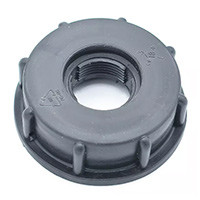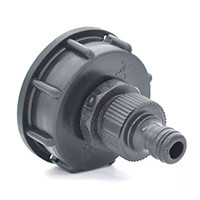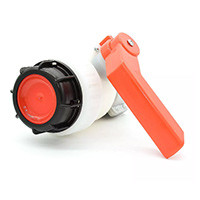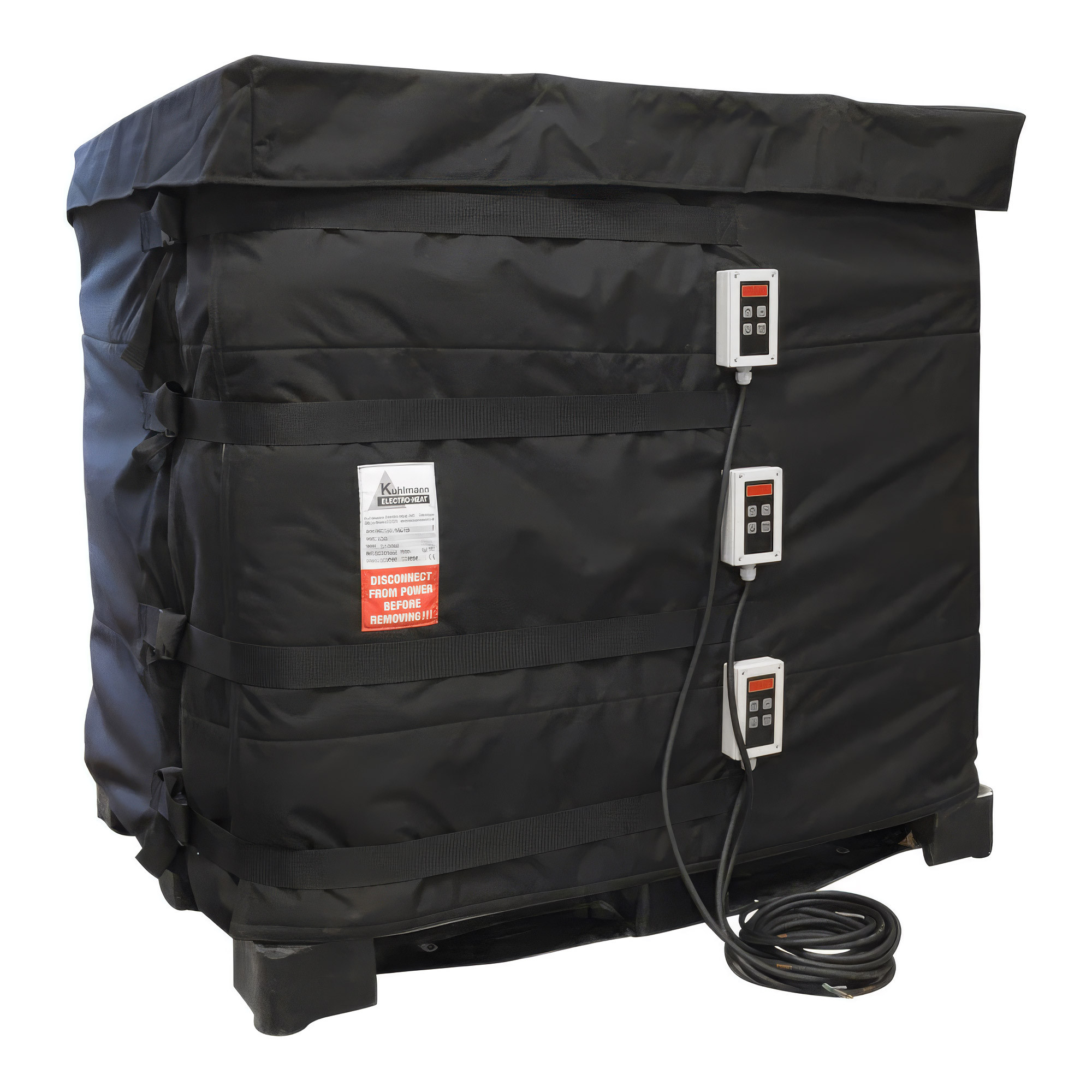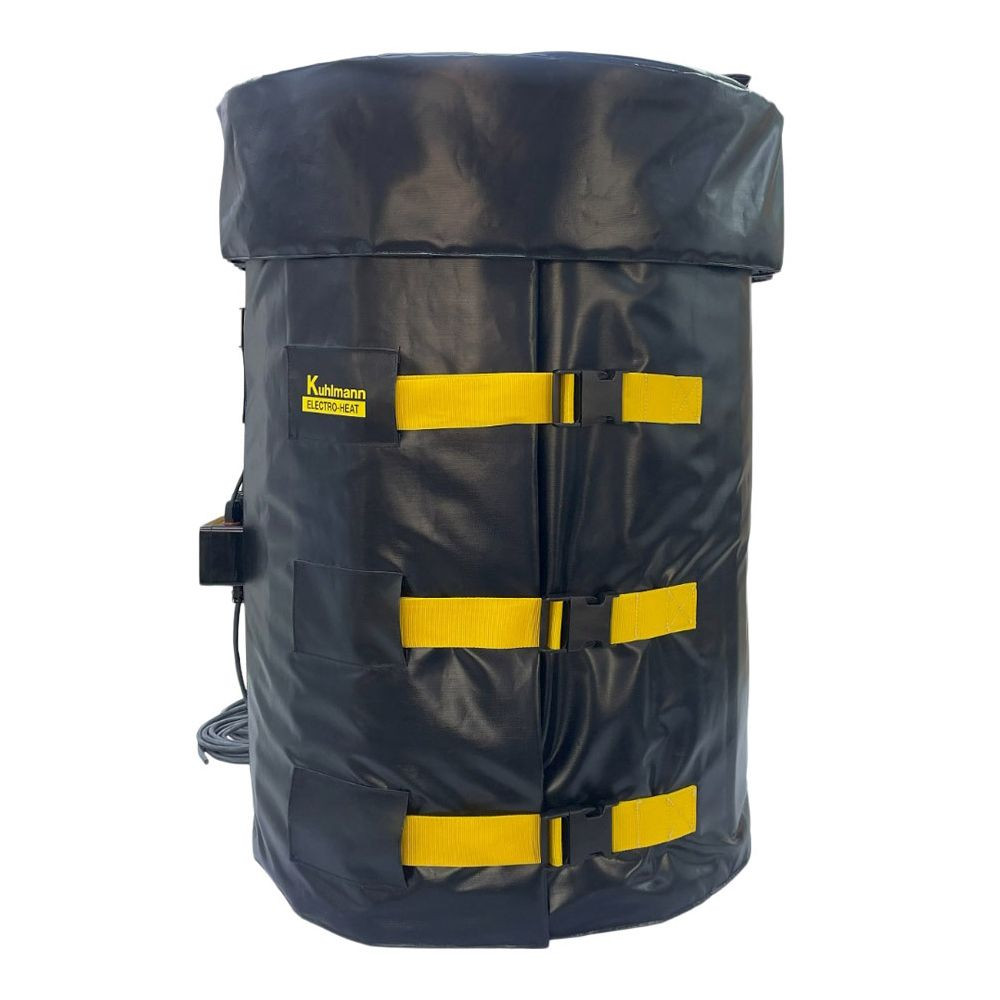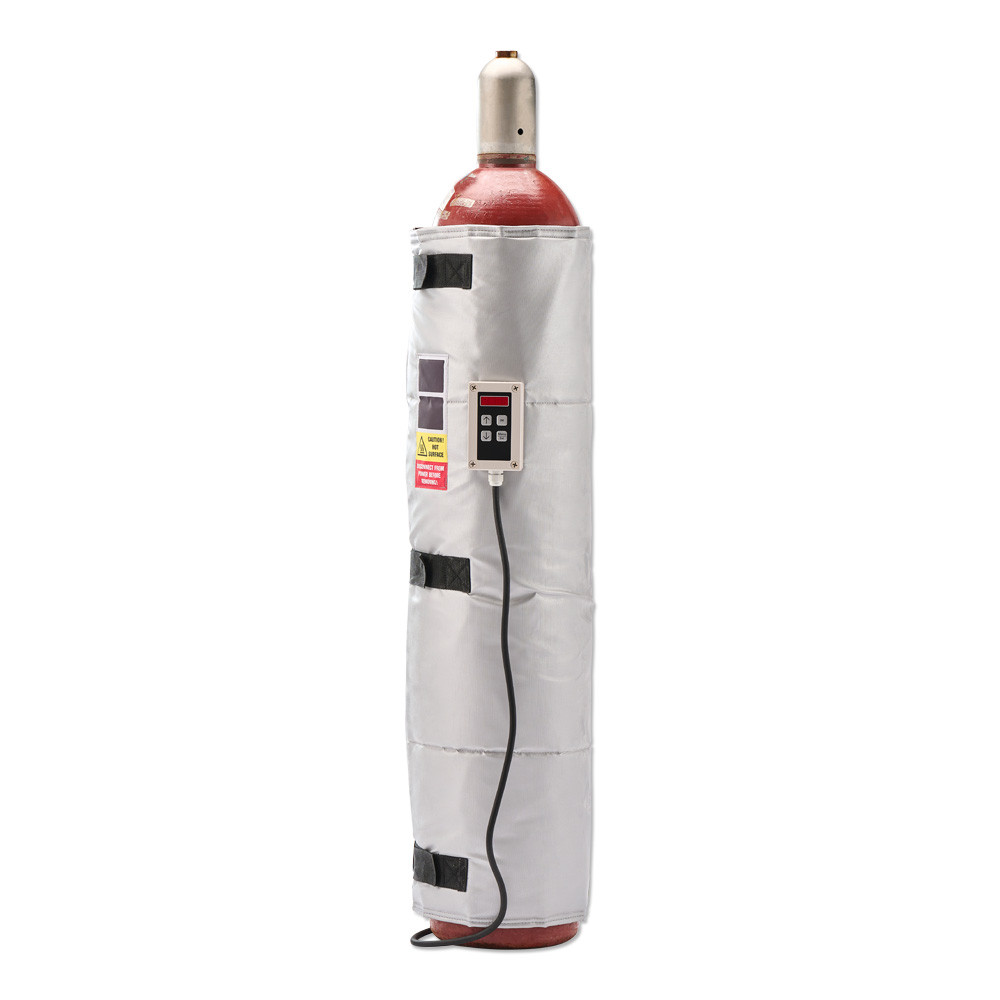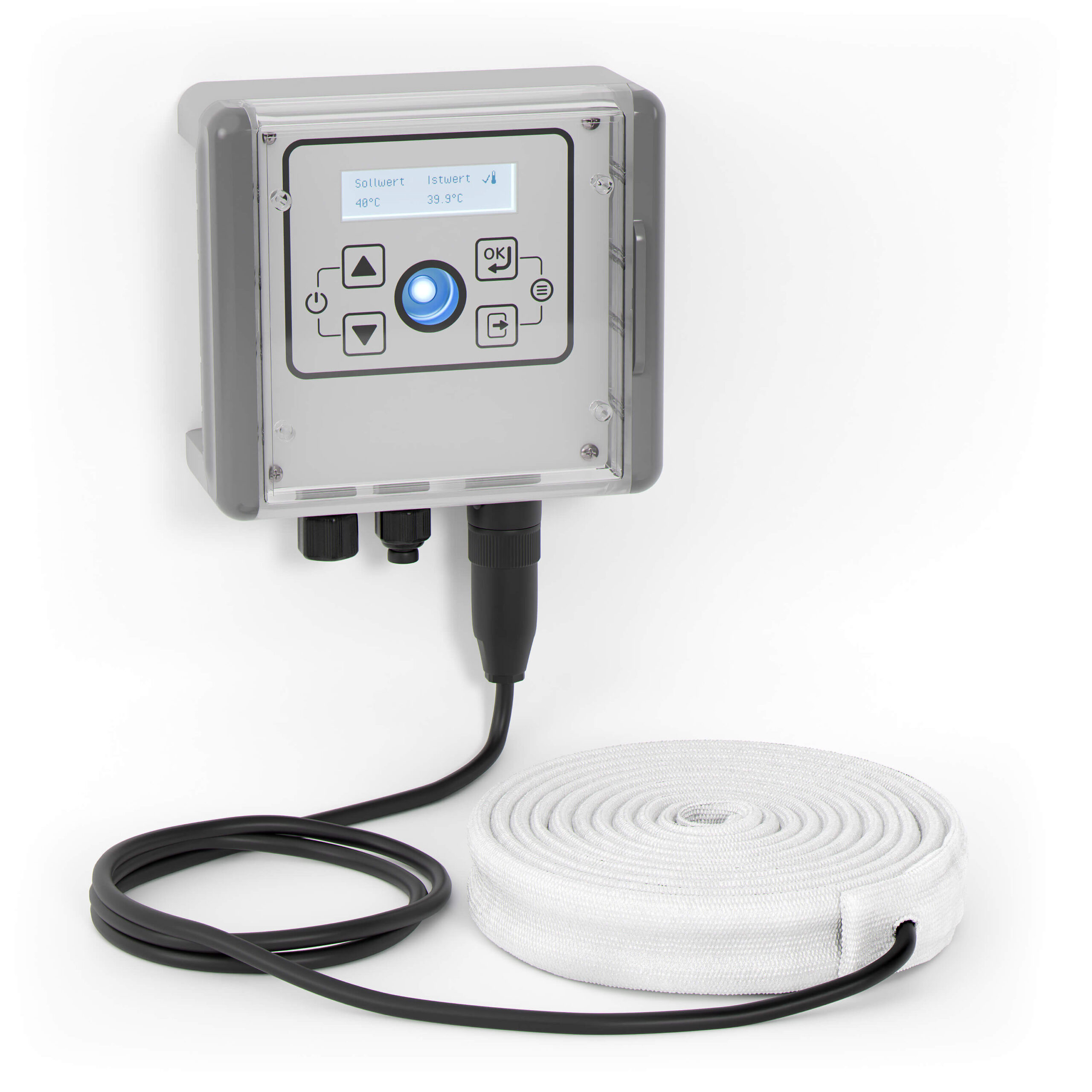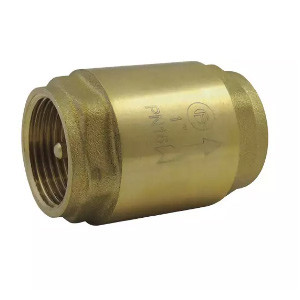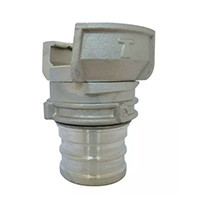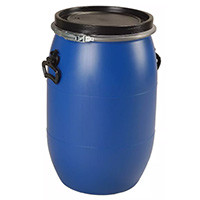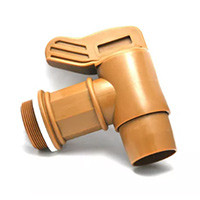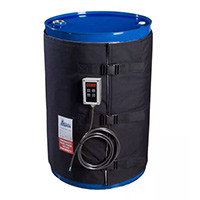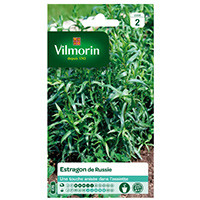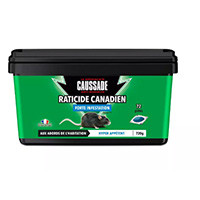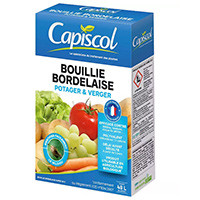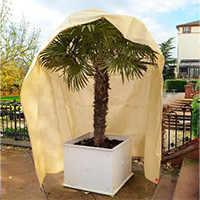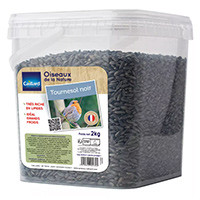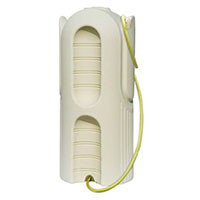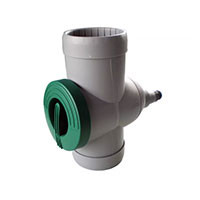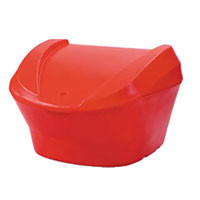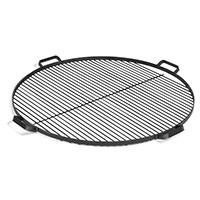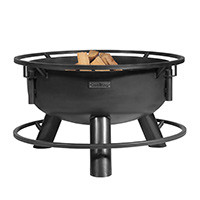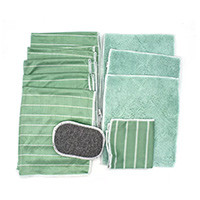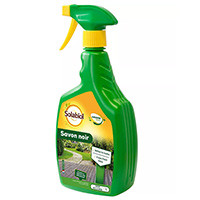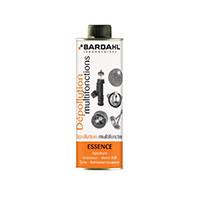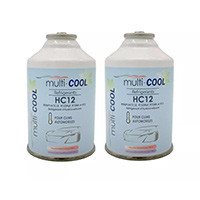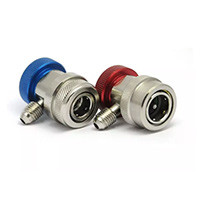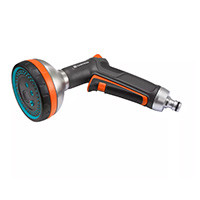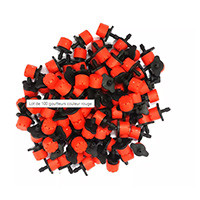
Everything you need to know about rat poison
Everything you need to know about raticides
This is a situation we prefer to avoid... But that can unfortunately happen: having a house, a cellar or an attic infested with rodents (rats, mice...) . Find out everything you need to know about rat poison and how they are used in rodent control.
Why is rodent control necessary?
You don't hunt a rat or a mouse from home just because you're afraid of it, but for much more pragmatic reasons.
- On the one hand, they can cause significant material damage as they are quick to attack different materialx. Itunceremoniously gnaws at damaged electrical cables, pipes and pipes, causing short circuits, fires or gas leaks. They also dig wood (beams such as furniture or baseboards) and the interior of walls, which can even weaken houses;
- On the other hand, they are also vectors of diseases such as leptospirosis, also known as "rat disease", or salmonellosis, plague, typhus, fever, rabies and other diseases transmitted to humans through urine or the droppings they leave in their path.
In otherwords, when you see that rodents have taken up residence at home, it is better to get rid of them as soon as possible!
A raticide: what exactly is it?
When faced with a rodent infestation, there are several ways to get ridofit.
While deratization/desuriting companies that support all stages of rodent control can still be used, it is also possible:
- Install a rat or mouse trap, some models such as electronic ones being very effective;
- To use a rodenticideproduct, that is, an active substance intended to kill these rodents.
One is particularly interested in the last two options because they allow the rodentsto be disposed of permanently,which is usually cheaper than using professionals.
Focus on different types of raticides
Thereis no shortage of solutions to get rid of rodents. These include:
- The traps;
- Chemical raticides;
- Non-lethalsolutions.
The pitfalls
If you think of the mouse tapes topped with gruyere as we sometimes see them in cartoons, remove this image from the head!
Although these types of traps still exist, much more efficient solutions are now being commercialized.
This is particularly the case with electronic traps. They are equipped with sensors, they detect the presence of rodents and send them an electric shock that eliminates them in just a few seconds.
The advantage is that this type of trap allows to have no contact with the remains of the pests, their corpses can be directly evacuated in a trash can at the opening. The downside, however, is that although they are very effective, they are used more preventively than in the case of a massive infestation.
Chemical raticides
If arsenic trioxide or tear gas were once used to poison rats and mice, these substances are now banned,as they pose dangers to both humans and other animals..
Used for their rodenticide properties from the 1950s, anticoagulants gradually replacedthem. These are mixed with appetizing substances, they come in the form of oily pasta, blocks or cereals that the pest will eat. It is the place of infestation that will determine what form to use,the blocks being for example more suitable for very wet rooms (cave), and cereals in dry places (grenier).
Once ingested, the anticoagulant acts as an accumulation poison - more or less long-lasting - i.e. not immediately. It is onlyafterone or twodays (for the so-called "first generation" anticoagulants) de première génération or several days (for those called "second generation") after the catch that the rat or mouse succumb. de deuxième génération
Warning: this product is very effective on rodents, it is also harmful to other animals and humans..
If it does not cause hemorrhage in adults, except when ingested in very large quantities, it can be very dangerous for the child. When taking a high dose, symptoms such as blood in the urine or bleeding (nose, gums) occur after one week, and for repeated intakes up to several weeks after ingestion. To avoid this type of situation, raticides contain bitterness agents that are supposed to deter children from ingesting them. If it could not be avoided, an antidote exists: vitamin K1. Contact your doctor immediately if this happens.
Non-lethal solutions
For those who do not wish to have to kill rats and mice, there are also non-lethal traps..
They capture capturer rodents in order to release them into the wild,a less violent but much less definitive solution.
In addition, cleaning, sanitation and storage can lead to avoiding infestation. Aspests usually stay where they find food, it is best to avoid giving them access to potential food outlets!
On Multitanks.com we offer a wide range of raticide and anti-harmful solutions,against rodents. Visit our website to find the right product for you.
Contact usformore information about our products!
Share this content





